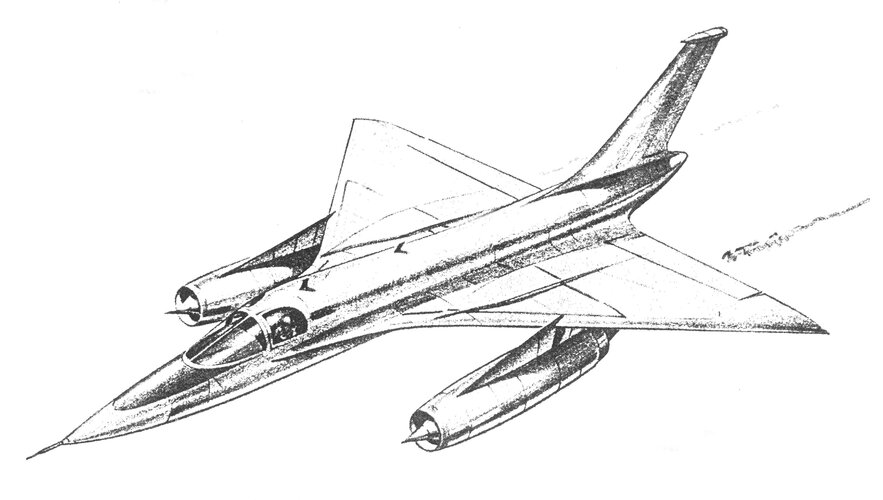- Joined
- 13 August 2007
- Messages
- 8,440
- Reaction score
- 10,979
Images of roughly the same configuration produced as a display model, identified on the stand as the "Advanced Hustler". It's interesting that the landing gear fairings have disappeared from the wings, although I'm not sure if these are represented on the Topping B-58A model.
I wonder are they Drop tanks or two B61 Nukes ?
if last point is the case that could indicate the big pot is away and room for new landing gear ?



